Challenges for the Gardener
For some regions, insect pests such as the spotted cucumber beetle, striped cucumber beetle, squash bug, and squash vine borer are major problems, both in the destruction they cause and the plant diseases they spread. Fortunately, these haven’t been a challenge in my Manitoba garden yet. As our climate warms, ever increasing numbers of insects and diseases are expected to affect our gardens. We need to be vigilant and prepared. Early identification is key to managing them.1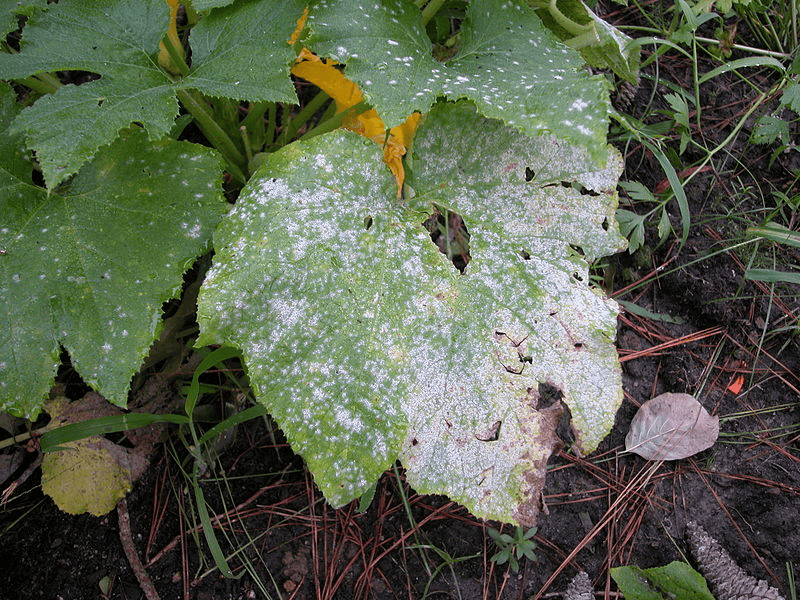
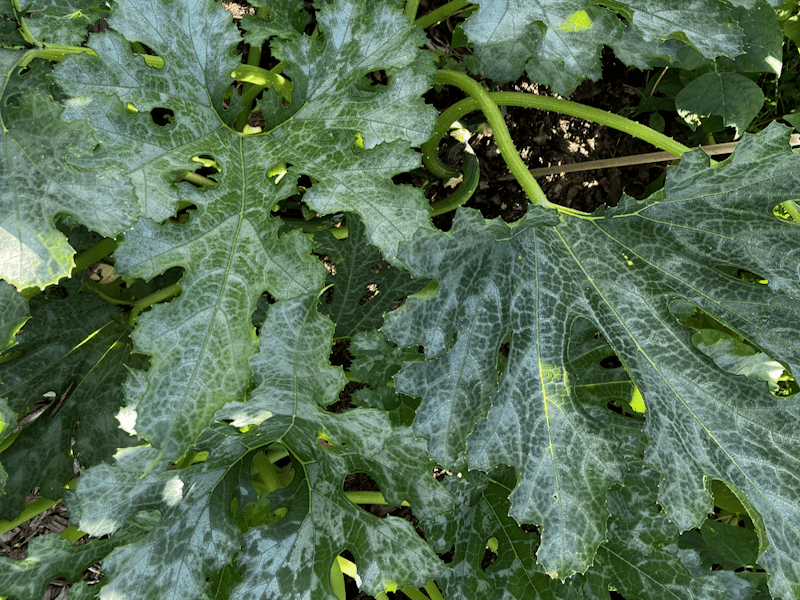
Powdery mildew – not to be confused with the variegation on leaves of some squash varieties — is a fungal disease which usually occurs later in the growing season, and does affect our gardens. We can reduce or delay the onset of powdery mildew by:
Providing a nutrient-rich soil to grow healthy plants with strong immune systems.
Leaving adequate space between plants and pruning out larger, older leaves.
Watering directly on the soil, not the leaves, and early in the day to reduce the amount of humidity around the plants going into the night.
Considering varieties and cultivars resistant to powdery mildew, especially if this has been a consistent challenge in your garden.
Two Main Categories of Squash: Summer and Winter2
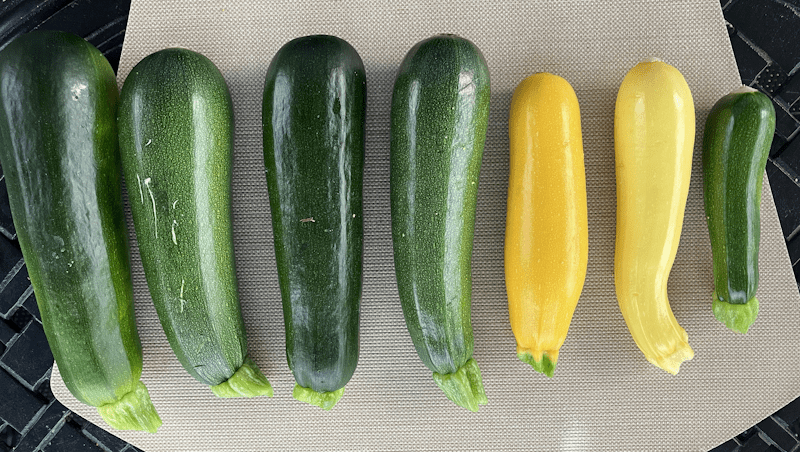
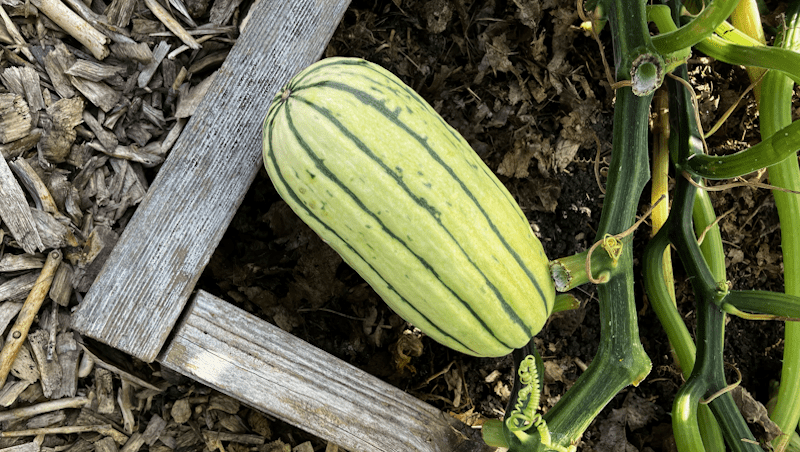
Summer squash such as pattypan and zucchini all belong to the species, C. pepo. We usually eat these with the skin, which is thinner and more tender than that of a mature winter squash. However, they do not store as long. Some I’ve grown successfully are both the vining and bush varieties of ‘Delicata,’3 ‘Benning’s Green Tint’ pattypan, and several zucchinis including ‘Black Beauty,’ ‘Cocozelle,’ ‘Golden’ and ‘Costata Romanesco.’ Cucumbers, such as ‘Marketmore 76,’ ‘Spacemaster’ and the Japanese climbing varieties such as ‘Suyo Long’ are eaten in the same way.
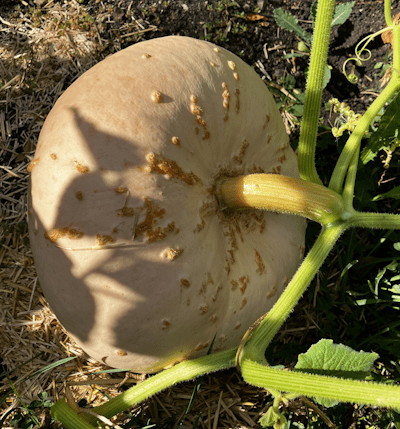
Winter squashes, such as buttercup, hubbard, pumpkin and turban varieties belong to the species, C. maxima. I’ve grown buttercups such as ‘Burgess’ and ‘Galeux d’Eysines’ and ‘Kuri Red’ hubbard. Others winter squashes such as butternut and Tromboncino,4 belong to C. moschata. If you have squash bugs or squash vine borers in your garden, Tromboncino is resistant to them! Winter squashes need longer to mature and when properly cured and stored, most can last for months.
Harvesting
Cucumbers and summer squash produce flowers and fruit over most of the summer if you continue to harvest them. They are ready to harvest and eat when they have reached the recommended size for the specific variety.
Winter squash requires careful attention when harvesting if you want to optimize its quality and storage time. If the stem looks dry and has developed woody stripes, it is probably ready to harvest. Try to leave a couple of inches of stem on each squash when cutting it from the vine to reduce the risk of rot entering the fruit. Winter squashes store best if they are cured after harvesting.5
Besides great diversity, this plant family can provide us with nutritious meals for many months, beginning with the cucumbers and summer squashes in July and taking us right through to the next year with many of the longer storing winter varieties. This year we were still eating butternut squash from the previous year in June!
If caring for the needs of others and boundless generosity are signs of love, our relationship with this family of plants may indeed be a “sacred bond.” 6
1 For help in identifying these insects, visit these pages for images and descriptions: https://www.insectidentification.org/insects-by-type-and-region.php?thisState=Manitoba&thisType=Beetle#google_vignette and https://hort.extension.wisc.edu/articles/squash-vine-borer-melittia-curcurbitae/
2 I am focusing my comments on cucumbers and squash (summer and winter) because I have not grown melons and gourds often enough to have experiences to share. Since this series of posts is on growing edible plants, I’m also excluding gourds because they are usually grown for ornamental reasons.
3 Some consider Delicata a winter squash but it has a much shorter storage life and is usually eaten with the skin. It also doesn’t need a period of curing after harvest for best flavour.
4 Tromboncino squash can be used as a summer squash when immature, or harvested mature and used as a winter squash, storing well for months.
5 For helpful information on harvesting and curing several types of winter squash, see: https://www.johnnyseeds.com/growers-library/vegetables/winter-squash/winter-squash-eating-guide.html
6 Kimmerer, Robin Wall. Braiding Sweetgrass: Indigenous Wisdom, Scientific Knowledge and the Teaching of Plants, Milkweed Editions, Minneapolis, Minnesota, 2013, p. 124-125.
Wendy spent a good part of her adult life moving with her husband, never staying long enough to see an apple tree mature and bear fruit. When they retired, developing a food garden and planting hardy ornamentals became a passion. Weaving her previous studies in nutrition with her current interest in gardening has become a stimulating and life-giving activity.

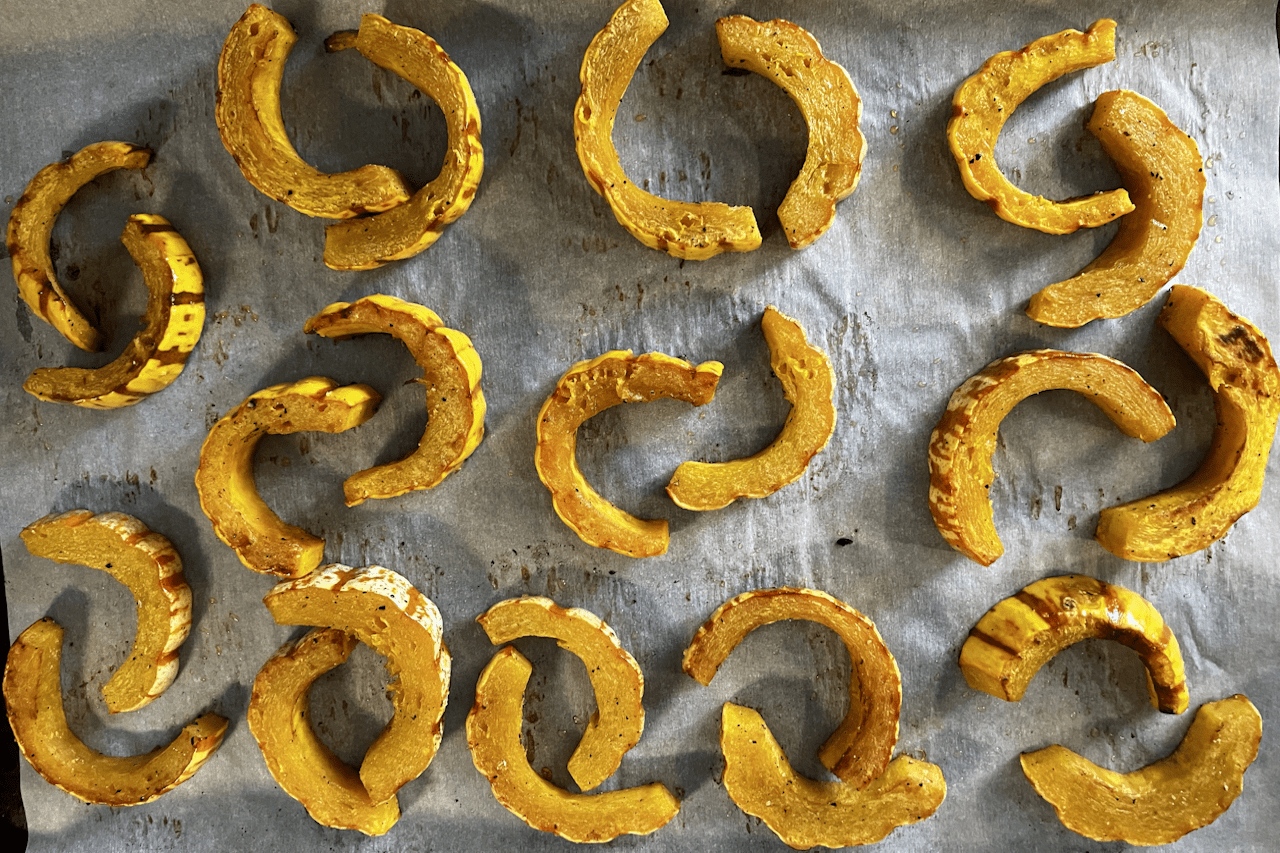

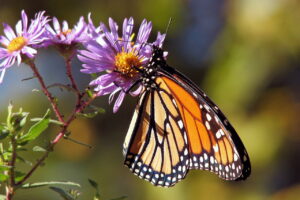
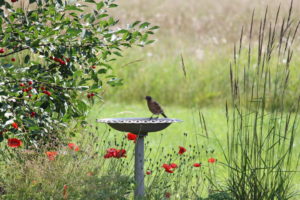
These are very helpful instructions for gardeners unfamiliar with growing such vegetation. Thank you for the full explanations. I like how you linked gardening to the care of creation.